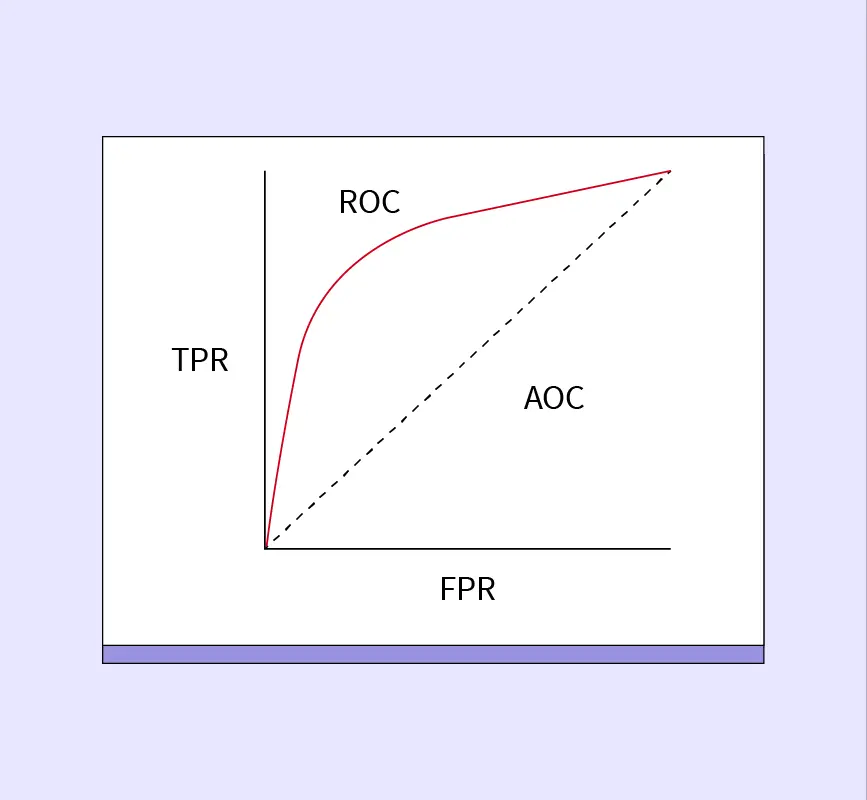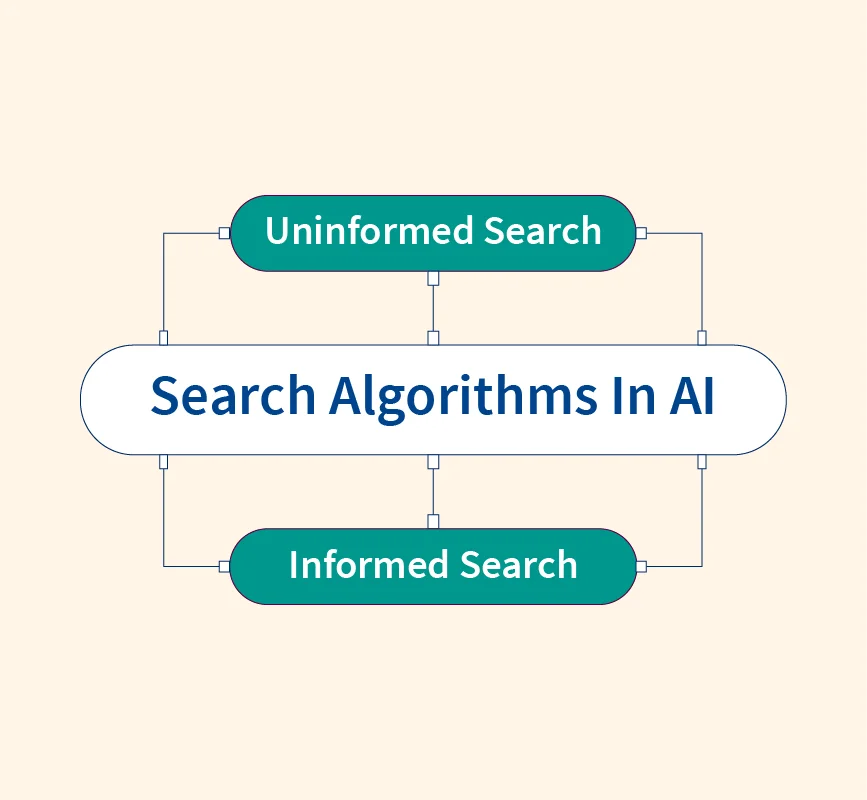Statistics is the backbone of machine learning, enabling the analysis and interpretation of complex data. It helps identify patterns, assess data distributions, and ensure reliable models. By applying statistical methods like hypothesis testing and regression, machine learning models achieve accuracy, robustness, and real-world applicability.
What is Statistics?
Statistics is the branch of mathematics that deals with the collection, analysis, interpretation, and presentation of data. It provides essential tools for understanding and summarizing data, enabling us to uncover patterns and insights.
In machine learning, statistics plays a foundational role. It helps describe data distributions, identify outliers, and evaluate relationships between variables. Core concepts include measures of central tendency (mean, median, mode), variability (standard deviation, variance), and probability. These principles allow data scientists to organize raw data, measure trends, and understand uncertainty in predictions.
Statistics also aids in hypothesis testing, regression analysis, and evaluating model performance. By applying statistical methods, machine learning practitioners can assess the quality of models and ensure their reliability.
In short, statistics provides the framework for transforming data into actionable insights, forming the backbone of data-driven decision-making in machine learning.
Why is Statistics Important for Machine Learning?
Statistics is vital for machine learning as it enables the understanding, modeling, and validation of data. It forms the foundation for analyzing data distribution, ensuring models are accurate and reliable.
Understanding data distribution is crucial before applying algorithms. For example, statistics help identify skewness or outliers, which can impact model performance. In Linear Regression, statistical measures like the mean, variance, and correlation quantify relationships between variables, enabling precise predictions.
In classification algorithms like Naive Bayes, statistics leverage probability distributions to calculate class probabilities, making the model efficient for large datasets. Similarly, Decision Trees rely on statistical methods like information gain and Gini index to split data into meaningful groups.
Statistics also validate model accuracy through metrics such as RMSE, F1-score, and confidence intervals, ensuring reliability in predictions.
Without statistics, machine learning models cannot effectively interpret patterns, manage uncertainty, or provide trustworthy results. It is the core driver behind all data-driven decisions.
Types of Statistics
Statistics is broadly categorized into two types:
1. Descriptive Statistics
Descriptive statistics focuses on summarizing and organizing data to make it easier to understand. It uses measures such as:
- Mean, Median, and Mode: Central tendency of data.
- Standard Deviation and Variance: Spread or dispersion of data.
- Visualizations: Charts, histograms, and boxplots provide a quick overview of patterns and trends.
For example, summarizing exam scores with an average and visualizing the distribution helps understand overall performance.
2. Inferential Statistics
Inferential statistics helps make predictions or generalize findings from a sample to a larger population. It uses:
- Hypothesis Testing: Verifying assumptions (e.g., A/B testing).
- Confidence Intervals: Estimating a range for unknown parameters.
- Regression Analysis: Understanding relationships between variables.
For example, predicting election results by analyzing survey data from a small group.
Descriptive Statistics for Machine Learning
Descriptive statistics provides tools to summarize and understand datasets, making it an essential step in data preprocessing for machine learning.
Measures of Central Tendency
Central tendency describes where the majority of data lies and includes:
- Mean: The average value, calculated as the sum of all data points divided by the total number of values.
Example: In a dataset of scores [85, 90, 95], the mean is (85+90+95)/3=90(85+90+95)/3 = 90(85+90+95)/3=90. - Median: The middle value when data is ordered. It reduces the impact of outliers.
Example: In [70, 80, 90], the median is 80. - Mode: The most frequent value in a dataset.
Example: In [2, 2, 3, 4], the mode is 2.
Significance: Central tendency helps understand the “center” of data, useful in algorithms like k-means clustering or initial data insights.
Measures of Dispersion
Dispersion measures how spread out the data is:
- Range: Difference between the maximum and minimum values.
Example: For [10, 20, 50], the range is 50−10=4050-10 = 4050−10=40. - Variance: The average squared deviation from the mean.
- Standard Deviation: The square root of variance, representing data variability.
Example: In a dataset of [5, 10, 10, 15], a small standard deviation indicates values are close to the mean (10). Larger dispersion implies more variability, which is crucial for assessing data consistency in machine learning.
Skewness and Kurtosis
- Skewness: Measures the asymmetry of data distribution.
- Right-skewed: Tail on the right; most values are small.
- Left-skewed: Tail on the left; most values are large.
- Kurtosis: Measures the “tailedness” of the distribution.
- Leptokurtic: Sharp peak with heavy tails.
- Platykurtic: Flat peak with light tails.
Visual Representation: Skewness and kurtosis are often visualized with histograms or density plots to analyze the shape of distributions, which helps identify potential data imbalances.
Visualization Techniques in Statistics
Visualization techniques play a vital role in understanding data patterns, relationships, and distributions, making them essential for machine learning.
- Histograms:
Used to visualize the frequency distribution of numerical data. They provide insights into data spread, skewness, and potential outliers.
Example: A histogram of house prices can show whether data is normally distributed or skewed. - Box Plots:
Box plots display the five-number summary: minimum, first quartile (Q1), median, third quartile (Q3), and maximum. They are effective for identifying outliers and understanding the interquartile range (IQR).
Example: In a salary dataset, a box plot can highlight unusually high salaries as outliers. - Scatter Plots:
Scatter plots visualize relationships between two variables, helping identify correlations or patterns.
Example: A scatter plot of temperature versus ice cream sales may reveal a positive correlation.
Simplifying ML Understanding
Visualizations simplify complex datasets, making it easier to detect trends, anomalies, and relationships. This enables machine learning practitioners to make informed decisions during preprocessing and feature engineering.
Probability Theory in Machine Learning
Probability theory is the foundation for understanding uncertainty and randomness in machine learning. It helps quantify the likelihood of outcomes, enabling robust model predictions.
Basics of Probability Theory
- Random Variables: Variables representing outcomes of random events. They can be discrete (e.g., flipping a coin) or continuous (e.g., height of individuals).
- Probability Distributions:
- Uniform Distribution: All outcomes have equal probabilities. Example: Rolling a fair dice.
- Gaussian Distribution (Normal Distribution): A bell-shaped curve where most values cluster around the mean. It is widely used in ML for data assumptions.
- Bernoulli Distribution: A binary outcome (0 or 1), such as success/failure or yes/no.
Importance in Machine Learning
Probability theory underpins several ML algorithms:
- Naive Bayes: Based on Bayes’ Theorem, it calculates class probabilities for classification tasks.
Example: Spam detection using email keywords. - Logistic Regression: Uses probability to predict binary outcomes by modeling data with the sigmoid function.
In machine learning, probability helps manage uncertainty, evaluate predictions, and build models that generalize well. It is integral to understanding classification, hypothesis testing, and optimization techniques.
Inferential Statistics for Machine Learning
Inferential statistics allows us to make predictions and draw conclusions about a population using data samples. It helps validate machine learning models and ensures generalizability.
Population and Sample
- Population: The entire set of data points we are analyzing.
- Sample: A subset of the population used for analysis.
Example: In training an ML model, sampling large datasets reduces computational costs while still providing meaningful insights.
Hypothesis Testing
- Null Hypothesis (H₀): Assumes no significant difference or relationship exists.
- P-Value: Indicates the probability of observing results under the null hypothesis. A smaller p-value rejects H₀.
- Confidence Intervals: Range of values likely to contain the population parameter.
Role in ML: Hypothesis testing validates assumptions, such as comparing model performances or feature significance.
ANOVA (Analysis of Variance)
ANOVA compares means across multiple datasets to determine if differences are statistically significant.
Example: Comparing performance metrics of three different machine learning models.
Correlation and Regression
- Correlation: Measures the strength and direction of a relationship between two variables.
- Regression: Predicts outcomes by modeling relationships between dependent and independent variables.
Example: Linear regression uses statistical principles to identify trends and predict values based on data relationships.
Bayesian Statistics
Bayesian Inference updates the probability of a hypothesis as new evidence is observed. It is widely used in ML for tasks like classification and parameter tuning.
Example: Naive Bayes algorithm applies Bayesian principles for probabilistic classification.
Inferential statistics provides tools to analyze samples, test hypotheses, and draw insights, forming a critical foundation for robust machine learning models.
Key Statistical Distributions for Machine Learning
Statistical distributions help describe how data points are spread, providing a foundation for building and evaluating machine learning models. Understanding these distributions is essential for selecting appropriate algorithms and ensuring their assumptions align with the data.
Gaussian (Normal) Distribution
The Gaussian, or Normal Distribution, is one of the most widely used distributions in statistics and machine learning. It has a bell-shaped curve where the majority of data points cluster around the mean, with symmetric tails extending on either side. The mean, median, and mode of a normally distributed dataset are equal.
In machine learning, algorithms like Linear Regression and Gaussian Naive Bayes assume data follows a normal distribution. For instance, when predicting house prices using Linear Regression, the residuals (errors) are often expected to follow a normal distribution to ensure accurate predictions.
Bernoulli Distribution
The Bernoulli Distribution deals with binary outcomes, where only two possibilities exist: success (1) or failure (0). This distribution is crucial for machine learning tasks involving binary classification problems.
For example, in Logistic Regression, the model predicts the probability of two outcomes, such as whether an email is spam (1) or not spam (0). The simplicity of Bernoulli Distribution makes it fundamental in understanding probability for binary tasks.
Poisson Distribution
The Poisson Distribution is used to model the probability of a certain number of events occurring within a fixed interval of time or space. Unlike the Gaussian Distribution, the Poisson Distribution applies to scenarios where events occur infrequently but randomly.
For instance, in machine learning, Poisson Distribution is often applied to predict rare events like system failures in manufacturing or the number of clicks on an online advertisement within a specific period. Its ability to handle rare occurrences makes it highly valuable in predictive modeling.
Central Limit Theorem (CLT)
The Central Limit Theorem (CLT) is a fundamental concept in statistics and machine learning. It states that when you take sufficiently large random samples from a population, the distribution of the sample means will approach a normal (Gaussian) distribution, regardless of the population’s original distribution.
In simpler terms, even if the original data is skewed or irregular, the average of multiple samples will follow a bell-shaped curve as the sample size increases.
Importance in Machine Learning
- Model Assumptions: Many machine learning algorithms, such as Linear Regression, assume a normal distribution of data. The CLT helps justify this assumption when dealing with sample means.
- Statistical Inference: CLT enables the use of sample data to make predictions and generalize about the population, which is critical in model training and testing.
- Performance Evaluation: In A/B testing or hypothesis testing, CLT ensures that sample data can provide reliable results for comparison.
For example, in estimating customer spending habits, collecting average spend from multiple groups allows businesses to make reliable predictions, thanks to the CLT.
The Central Limit Theorem plays a crucial role in ensuring robust statistical analysis, ultimately strengthening machine learning model performance.
Applications of Statistics in Machine Learning
Statistics plays a critical role in various stages of machine learning, ensuring models are reliable and data-driven. Below are practical applications:
Model Evaluation Metrics
Statistics underpins evaluation metrics used to measure model performance. For instance:
- Accuracy: Proportion of correct predictions in classification tasks.
- RMSE (Root Mean Squared Error): Measures error magnitude for regression models, ensuring reliable predictions.
Feature Selection Techniques
Statistical tests help identify the most relevant features to improve model performance. Examples include:
- Chi-Square Test: Used for categorical data.
- Correlation Analysis: Measures linear relationships between features and the target variable.
Data Preprocessing
Statistics drives methods like scaling and normalization to prepare data for machine learning algorithms:
- Standardization: Centers data around a mean of 0 with a standard deviation of 1.
- Normalization: Scales data between a specified range (e.g., 0 to 1).
In predictive analytics using Linear Regression, statistics ensures the accuracy of predictions by analyzing relationships between dependent and independent variables. Businesses, for example, predict sales trends based on advertising spend using regression analysis.
Conclusion
Statistics is the backbone of machine learning, enabling data scientists to analyze, interpret, and derive insights from data effectively. Mastering statistical concepts—ranging from descriptive measures to inferential techniques—empowers professionals to build robust models, validate results, and ensure accuracy.
By understanding distributions, probability, and hypothesis testing, data scientists can lay a strong foundation for advanced algorithms and data-driven decision-making. Statistics bridges the gap between raw data and actionable insights, making it a critical skill for anyone aspiring to excel in machine learning.
To succeed in this dynamic field, embracing statistics is not optional but essential for creating intelligent, reliable solutions.
References:


